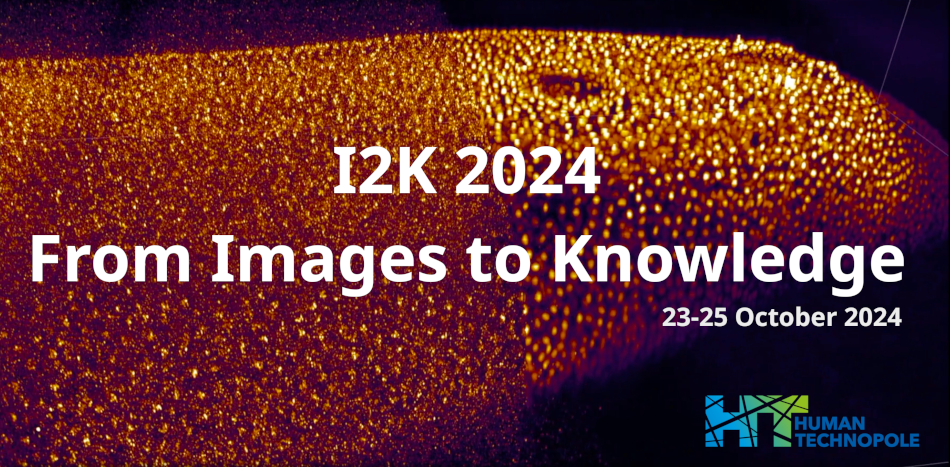Speaker
Kevin Yamauchi
(ETH Zurich)
Description
Cell mechanics impact cell shape and drive crucial morphological changes during development and disease. However, quantifying mechanical parameters in living cells in a tissue context is challenging. Here, we introduce OptiCell3D, a computational pipeline to infer mechanical properties of cells from 3D microscopy images. OptiCell3D leverages a deformable cell model and gradient-based optimization to identify the hydrostatic pressure of the cytosol and the surface tension of each cell interface, based on 3D cell geometries obtained from microscopy images.
OptiCell3D is implemented as a Python library. To ensure broad accessibility and interoperability with other bioimage analysis tools, we have developed a graphical user interface as a napari plugin. We validated OptiCell3D by calculating the error in mechanical parameters inferred from spheroids of cells generated with SimuCell3D, a deformable cell model [1]. Lastly, we apply OptiCell3D to study the mechanical changes driving morphogenesis during early embryo development, using time-lapse microscopy images. We anticipate that OptiCell3D will be broadly useful in studies on how the mechanical properties of cells shape their morphology and organization.
[1] Runser et al., Nature Computational Science, 2024
| Authors | Kevin A Yamauchi*, Steve Runser, Marius Almantötter, Roman Vetter, Dagmar Iber |
|---|---|
| Keywords | biophysics, morphometrics, cell mechanics |

